| Trygve.Com > Images > The Teen Years | Translate this page:
|
|
|
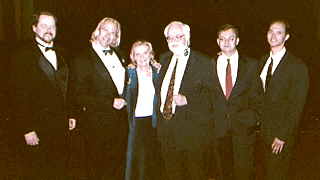
|
But even if it all seems the same on the inside, looking at some of the "then and now" pictures, it does look like there's a difference. I'm the one on the top left in the first picture, the second-from-the-left in the below pic. (That's my dad in the middle of the second one, taken at the premiere of "Dragon and the Hawk.") |
|||
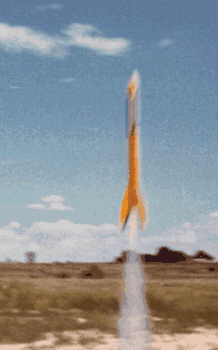
|
I guess a few things change; I haven't made any model rockets for a while. I used to do that a lot. Besides model rockets, I built who-knows-how-many plastic models, most of spaceships and rockets, no matter what the picture on the box might have been. I took the perhaps unusual attitude that a plastic model kit or a model rocket kit was a box of interestingly-shaped parts and that the picture on the cover was to be taken no more seriously than the "suggested serving" display on a package of frozen peas, showing that you could serve them with pearl onions in a cream sauce, accompanied by a festival of complementarily-hued foods, all working side-by-side to create as powerful a sense of Norman-Rockwellian splendor as any good-hearted, all-American vegetable possibly could. |
|||
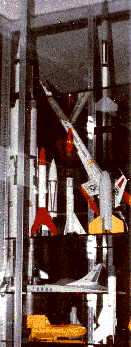
|
So, you never knew ahead of time what would come out of a plastic model or model rocket--or, for that matter, what might go into it. Plenty of things lying around the house that one can look at and wonder, "hmmmm...would that look good attached to this model spaceship?" |
|||
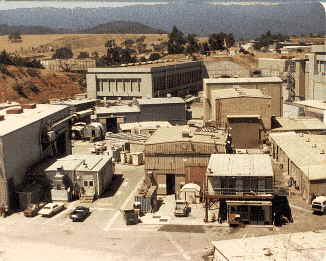
|
I eventually branched out into other kinds of modelling--mostly of the "mathematical modelling and simulation" variety. Propagation of magnetohydrodynamic waves in the earth's magnetosphere and those of the outer planets, operation of large-scale telecommunications systems, that sort of stuff. One of the most memorable places I worked was on the linear accelerator at Lawrence Livermore National Laboratory--which is not shown here; the picture is of SLAC (Stanford Linear ACcelerator). The LLNL linac was basically a smaller version. |
|||
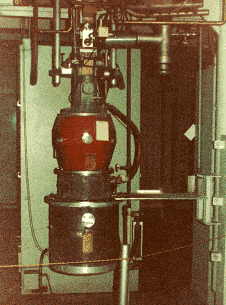
|
Like SLAC, the accelerator I worked on was a "travelling wave tube" accelerator, which used klystrons like the one on the left to dump microwaves into the waveguide where they would add energy to the particle beam until it was travelling at just a smidge below the speed of light. Basically, a klystron is a bigger version of a magnetron, which is the device that makes a microwave oven do its thing. If you could pick up one of these instead, you could probably make popcorn in under a microsecond.... |
|||
|
From modelling the behavior of subatomic particles, it's only a short step to modelling for fantasy artwork and thence to "modelling" in the sense of observing and reproducing mannerisms and body language for stage and film. Here I am at the International Science and Engineering Fair, pointing out the effectiveness of my invisibility formula even on booth displays. Well, okay, actually it was an empty booth, but mine wasn't that much more exciting to look at, being about topology in arbitrary dimensional spaces. One piece of trivia, BTW, the "medals and citations" in the police captain's office in "Dragon and the Hawk" were my high school science and math awards. |
|